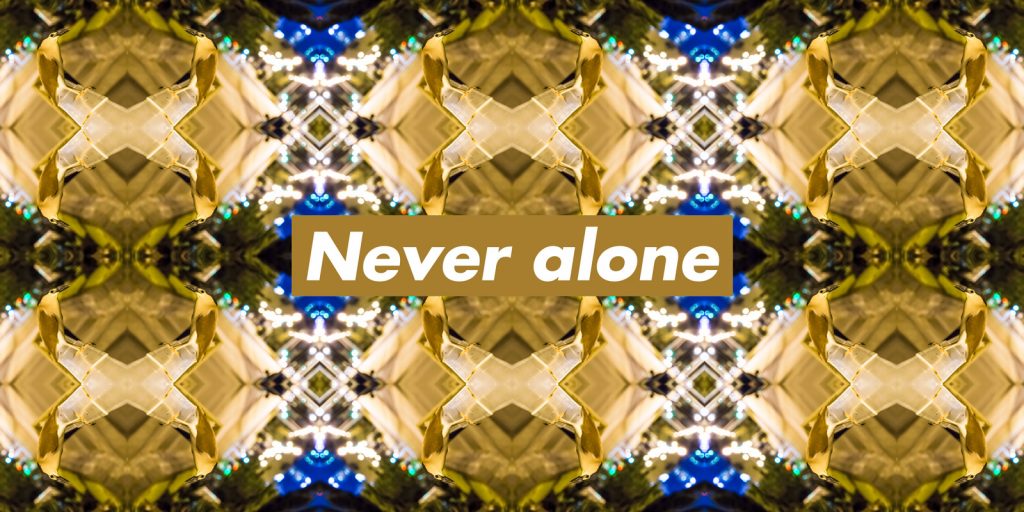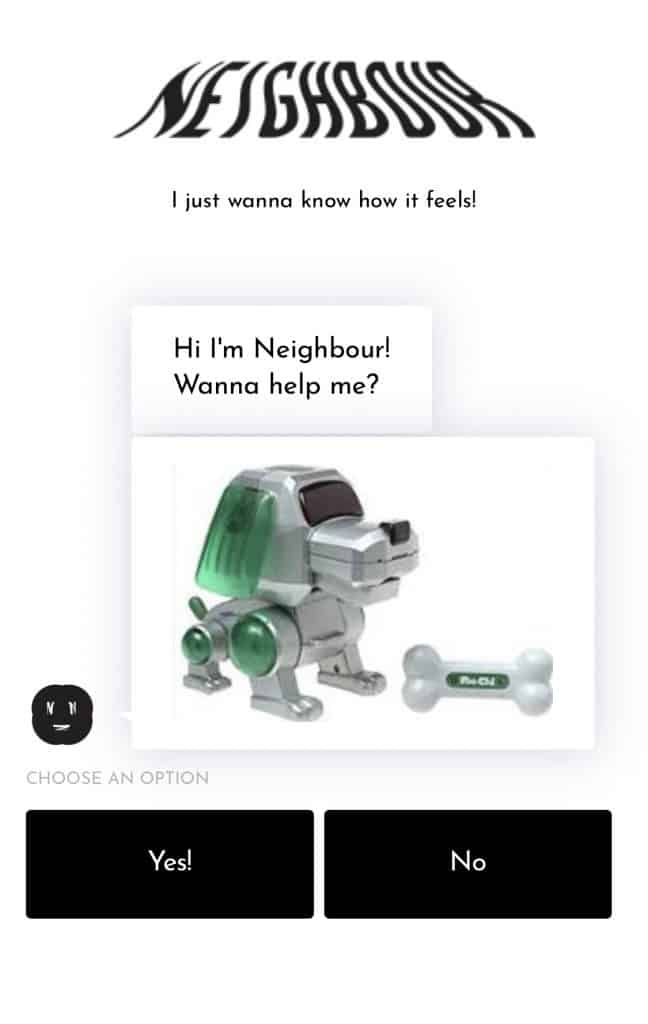Melbourne-based, ACCA gallery are celebrating Australian art in a city that is facing deprivation of gallery visits with a purely digital art programme. ACCA Open brings together six newly commissioned works that expand on the mediums of contemporary art, from audio, visual, video, written to interactive projects.
“With ACCA Open we wanted to offer our audiences the opportunity to engage with contemporary art that is specifically made to be encountered in the digital space, particularly in a time when so much of our real-world engagement with art has been negated by the closures of physical gallery spaces,” says ACCA curator, Miriam Kelly.
For this series, ACCA did an open-call, rare for the gallery. This was part of the gallery’s way of connecting with artists and inviting them to consider how they’d adapt their practice for an online medium. It also granted the curators introductions to artists whose studios and galleries can’t be visited at this time.
“While this series is ACCA’s inaugural digital commissioning project, it is deeply embedded in ACCA’s long-term commitment to offering audiences and viewers multiple ways to engage with contemporary art, including the presentation of contemporary art that operates beyond the gallery walls,” adds Kelly.

Australian Centre for Contemporary Art (ACCA) – Who’s Afraid of Public Space?
Digital billboard at the intersection of Fitzroy Street, Canterbury Road and Grey Street, St Kilda
The ACCA team received an ‘extraordinary array of brilliant proposals’ — so much so that the project expanded beyond ACCA Open. Kent Morris’s Never alone billboard was one addition (on display in St Kilda until 30 August), as an offsite artwork in the lead-up to ACCA’s forthcoming exhibition Who’s Afraid of Public Space?.
“We hope that ACCA Open will have the capacity to reach new audiences, introducing the work of these artists to new visitors locally, nationally, internationally, and those who might not otherwise be able to physically visit the gallery,” says Kelly. “ACCA’s mission to do art differently has never felt more relevant.”
A mix of solo and collaborative artworks were chosen for ACCA Open. The project began recently with Melbourne artist/choreographer Amrita Hepi and neuroscientist/psychiatrist Sam Lieblich’s Neighbour, an AI chatbot exploring language and algorithms; and Melbourne audio artists Madeleine Flynn and Tim Humphrey’s project How much time do we have?. Flynn and Humphrey present an “audiovisual piece of breaks, flows, segments, junctures and shifts that is made during the timeless state of the present ever-now, generated live on screen.”

Launching at the end of September are works from Melbourne interdisciplinary artist Archie Barry that consider the perspective of a pathogen asking; what is human self-determination? And AOAULI, a digital platform and online artwork from Sāmoan-Australian artist, curator and researcher Dr Léuli Eshrāghi, which features “long form multilingual epic manifesto poetry, and performance videos of shimmering, glistening bodies, marked with ancestral aesthetics.”
The final two projects from Sean Peoples and NSW artist and filmmaker Zanny Begg will appear in late October—when hopefully the galleries will be open again. But who really knows in times like these.